The tests could reveal how soon after landing on the moon or Mars astronauts can carry out critical tasks.
"We’ve never assessed astronauts doing this particular task at this particular time before," Norcross said."In the preflight test, an astronaut can stand up, climb the ladder and walk easily. A couple of minutes and they’re done with this whole task.
The second task involves walking on a simulated planetary surface while wearing a spacesuit and performing several challenges. The astronauts will don the suit using NASA's Active Response Gravity Offload System — a machine that hoists the suit and pressurizes, enabling the experience of reduced gravity.
"It’s been part of astronaut training for decades to look at crewmembers' ability to egress — remove themselves from a space vehicle in some emergency contingency," said Pawelczyk, who flew on NASA's STS-90"The task now when we move into planetary exploration is, we will have to exit this vehicle without assistance. And we’ll have to do it in a gravitational field that is different than our own.
United States Latest News, United States Headlines
Similar News:You can also read news stories similar to this one that we have collected from other news sources.
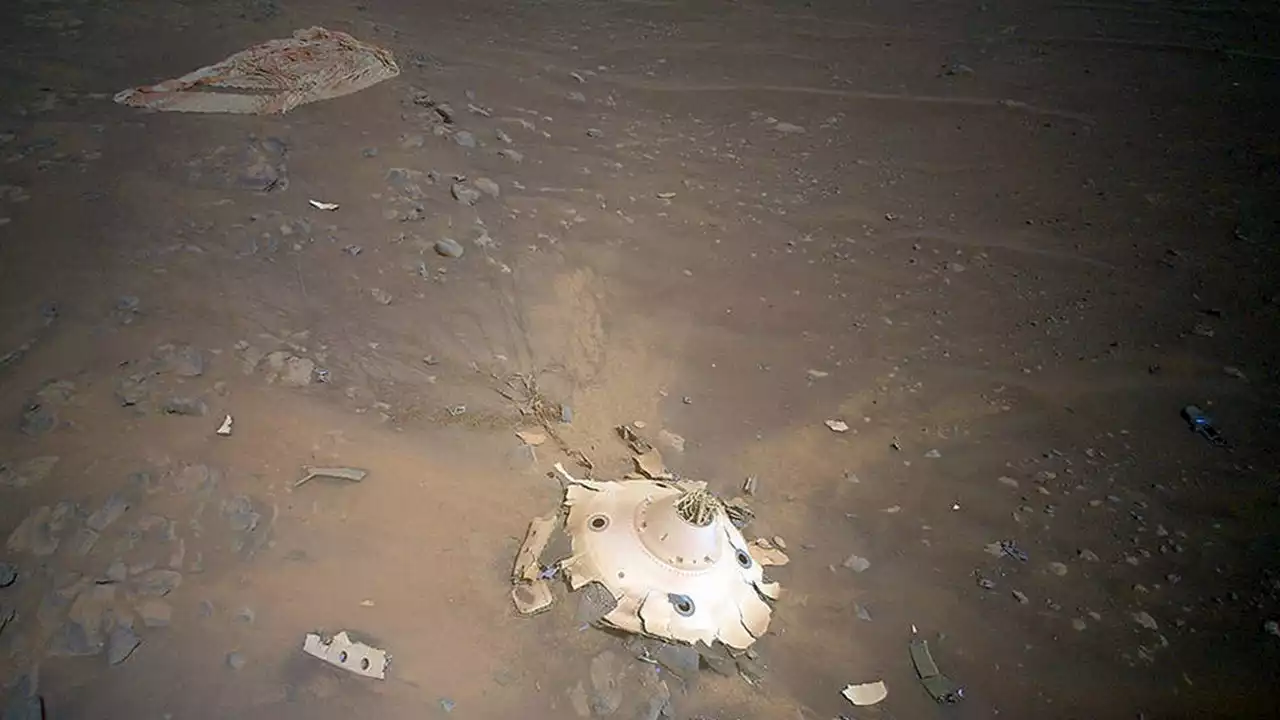 Wreckage on Mars is not a flying saucer — NASA explainsIt’s a bird, it’s a plane, it’s a...UFO?
Wreckage on Mars is not a flying saucer — NASA explainsIt’s a bird, it’s a plane, it’s a...UFO?
Read more »
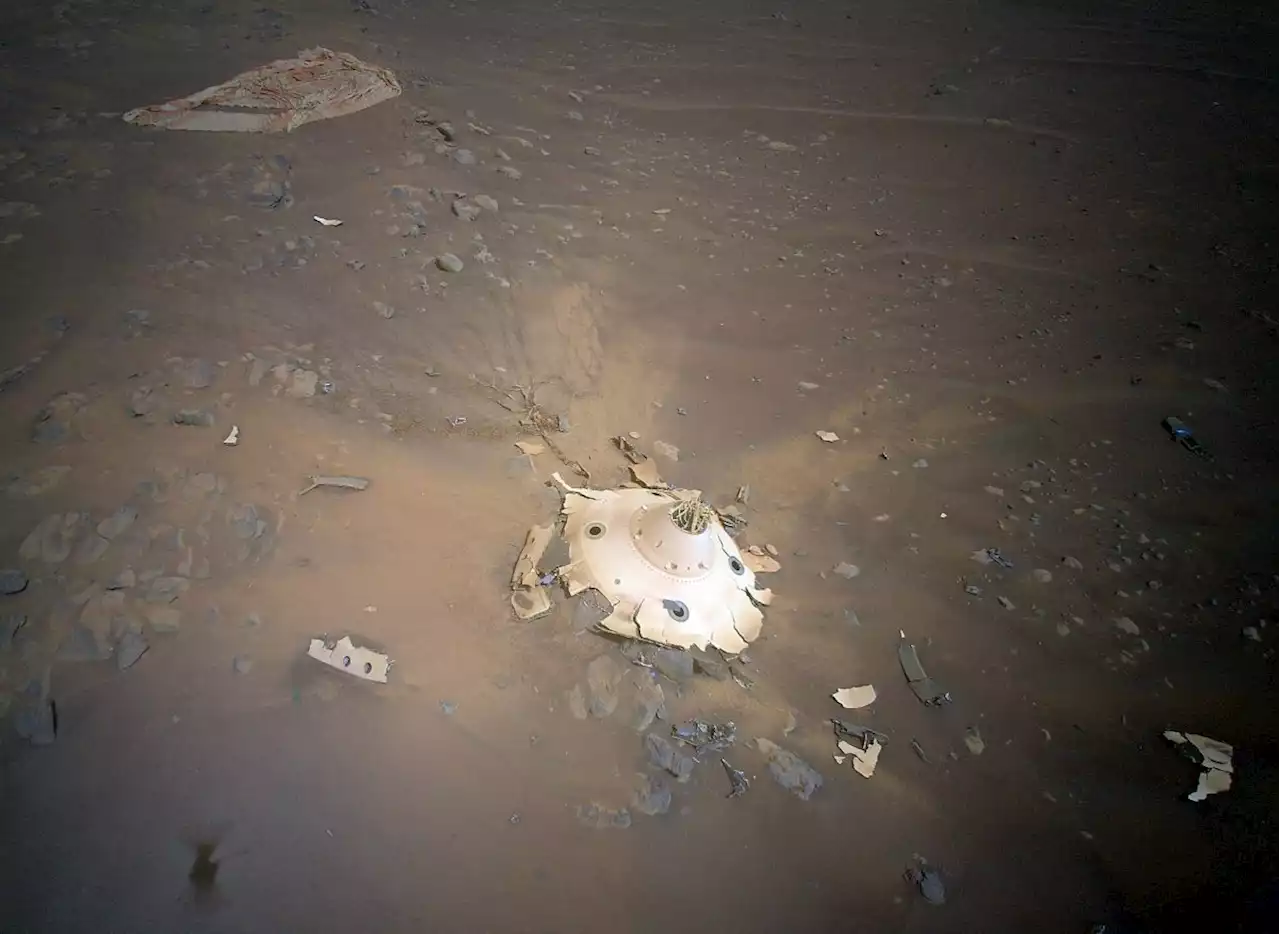 Ingenuity Mars helicopter snaps amazing photos of Perseverance rover's landing gear (video)The shots could aid NASA and the European Space Agency's coming Mars sample-return campaign.
Ingenuity Mars helicopter snaps amazing photos of Perseverance rover's landing gear (video)The shots could aid NASA and the European Space Agency's coming Mars sample-return campaign.
Read more »
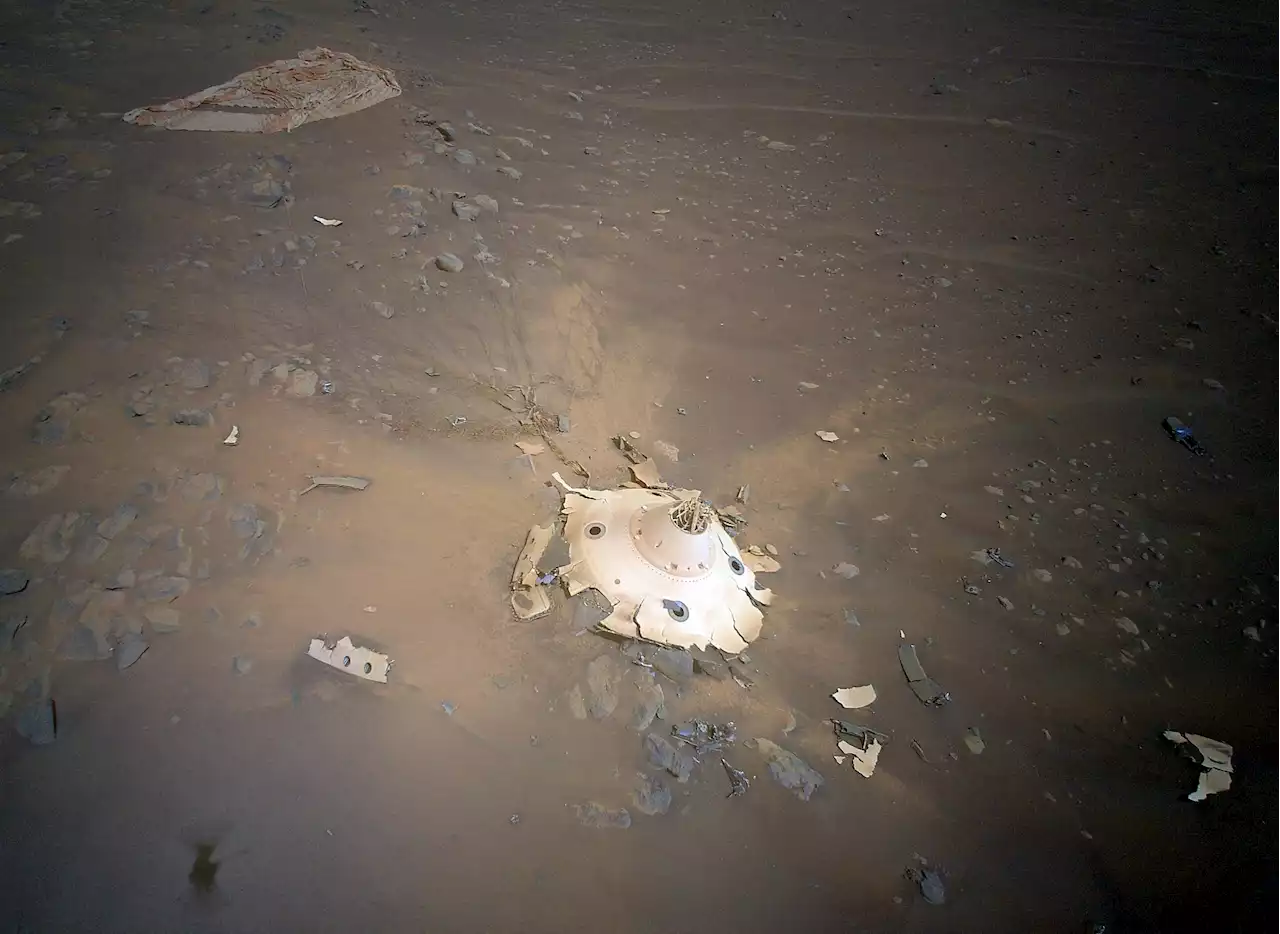 Ingenuity Mars Helicopter spots gear that helped Perseverance rover landNASA's Ingenuity Mars Helicopter recently surveyed both the parachute that helped the agency's Perseverance rover land on Mars and the cone-shaped backshell that protected the rover in deep space and during its fiery descent toward the Martian surface on Feb. 18, 2021. Engineers with the Mars Sample Return program asked whether Ingenuity could provide this perspective. What resulted were 10 aerial color images taken April 19 during Ingenuity's Flight 26.
Ingenuity Mars Helicopter spots gear that helped Perseverance rover landNASA's Ingenuity Mars Helicopter recently surveyed both the parachute that helped the agency's Perseverance rover land on Mars and the cone-shaped backshell that protected the rover in deep space and during its fiery descent toward the Martian surface on Feb. 18, 2021. Engineers with the Mars Sample Return program asked whether Ingenuity could provide this perspective. What resulted were 10 aerial color images taken April 19 during Ingenuity's Flight 26.
Read more »
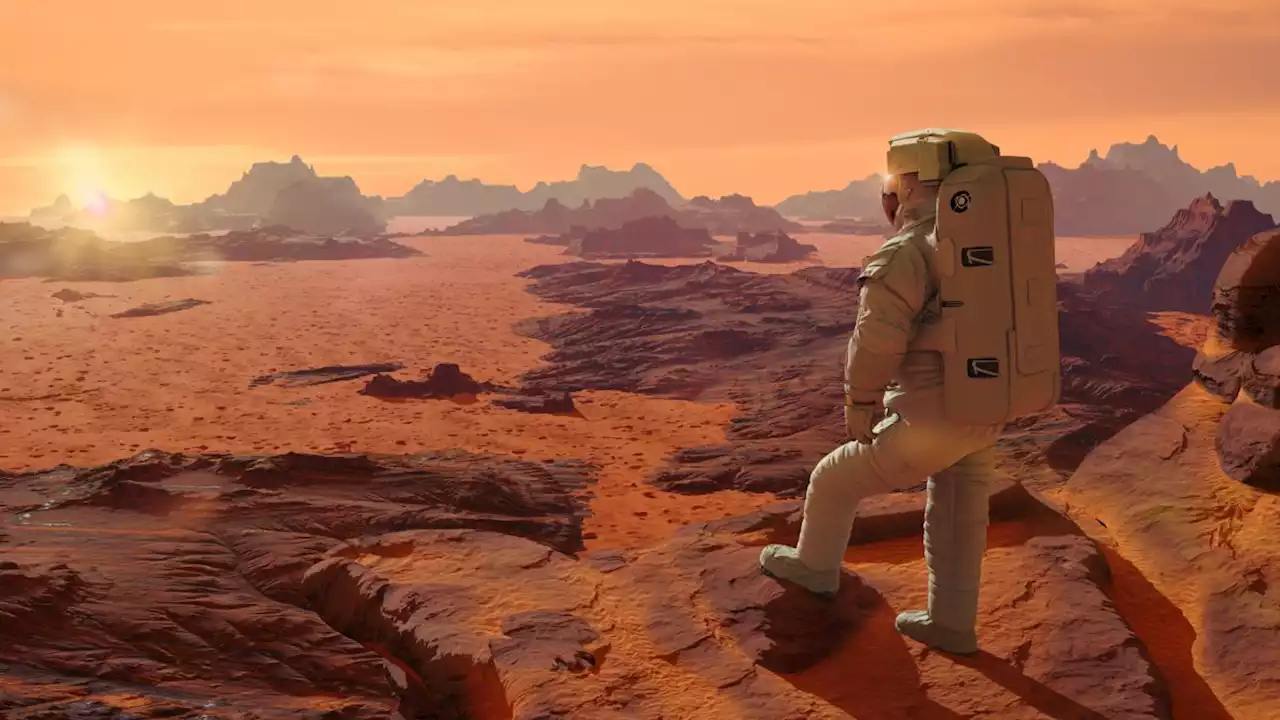 Solar power is better than nuclear for astronauts on Mars, study suggestsNear the equator, anyway; nuclear power would still be the best bet near the poles.
Solar power is better than nuclear for astronauts on Mars, study suggestsNear the equator, anyway; nuclear power would still be the best bet near the poles.
Read more »
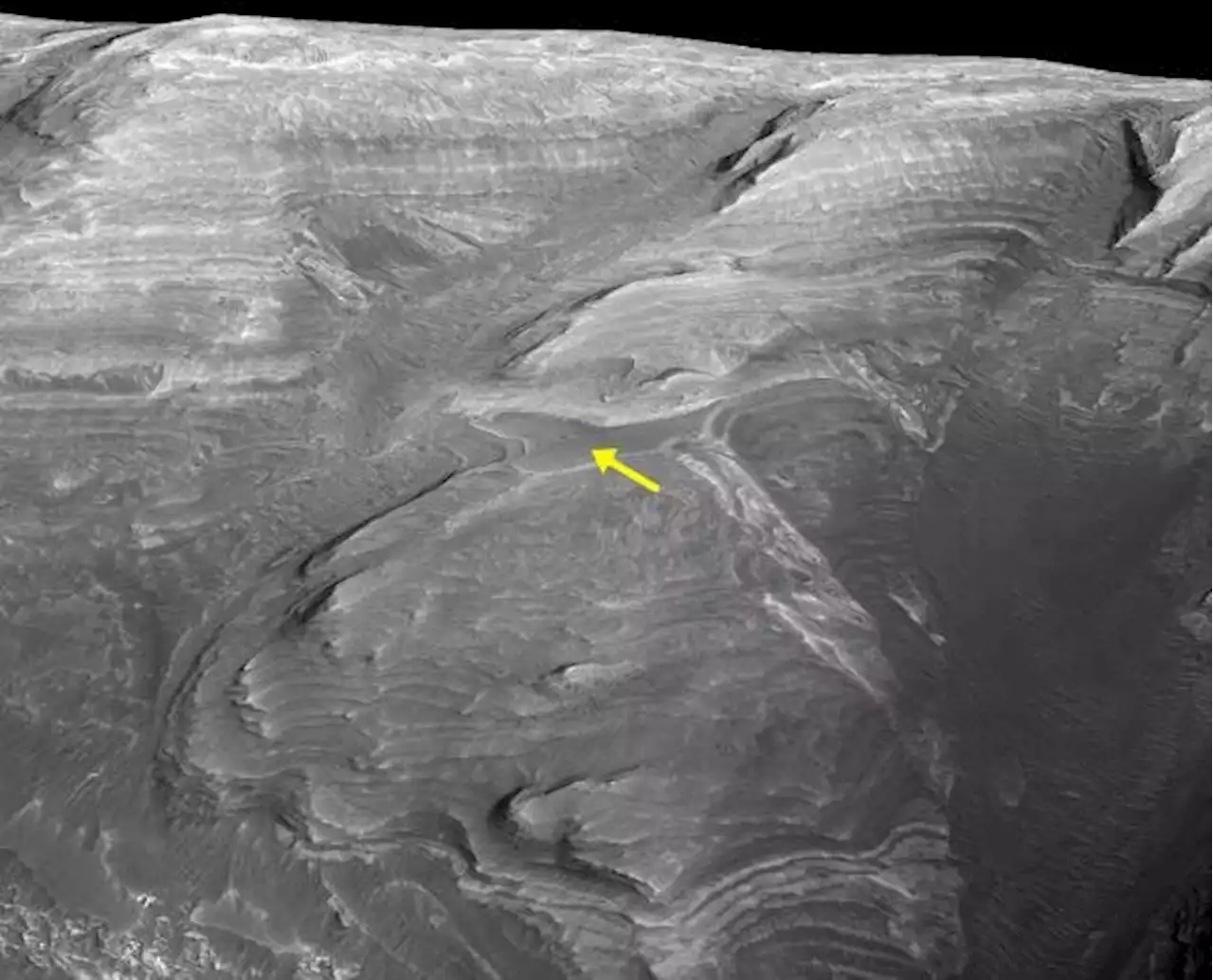 Enigmatic rock layer in Mars' Gale crater awaits measurements by the Curiosity roverScientists have been studying the sediments within Mars' Gale crater for many years using orbital data sets, but thanks to the Curiosity rover driving across these deposits we can also obtain up-close observations and detailed measurements of the rocks, similar to field work done by geologists on Earth.
Enigmatic rock layer in Mars' Gale crater awaits measurements by the Curiosity roverScientists have been studying the sediments within Mars' Gale crater for many years using orbital data sets, but thanks to the Curiosity rover driving across these deposits we can also obtain up-close observations and detailed measurements of the rocks, similar to field work done by geologists on Earth.
Read more »
